May 18, 2025 | 12:44 GMT +7
May 18, 2025 | 12:44 GMT +7
Hotline: 0913.378.918
May 18, 2025 | 12:44 GMT +7
Hotline: 0913.378.918
It is anticipated that the carbon trading system will adopt the agreement-based trading method, which is already in use for the government debt instrument market as well as the private placement corporate bond market.
The development of the Decree aims to concretize certain provisions in the Environmental Protection Law concerning the establishment and development of the carbon market in Vietnam. The Decree will provide a legal framework for the creation and, in the initial phase, the pilot operation of the domestic carbon trading exchange in accordance with the Scheme for the Establishment and development of the carbon market in Vietnam.
The draft Decree consists of 45 articles and chapters, covering a wide range of topics, including: General provisions; Custody and transfer of ownership; Trading members, custodian members, and settlement banks; Trading and settlement organizations; Responsibilities of agencies and organizations in managing the domestic carbon trading market, as well as information disclosure on the market; and Implementing organizations.
In this draft Decree, the Ministry of Finance outlines two types of commodities in the carbon trading market: greenhouse gas emission allowances and carbon credits. Specifically, greenhouse gas emission allowances are allocated to facilities included in the “List of sectors and facilities required to conduct greenhouse gas inventories,” which is issued by the Prime Minister. These allowances will be distributed through two methods: free allocation and auction.
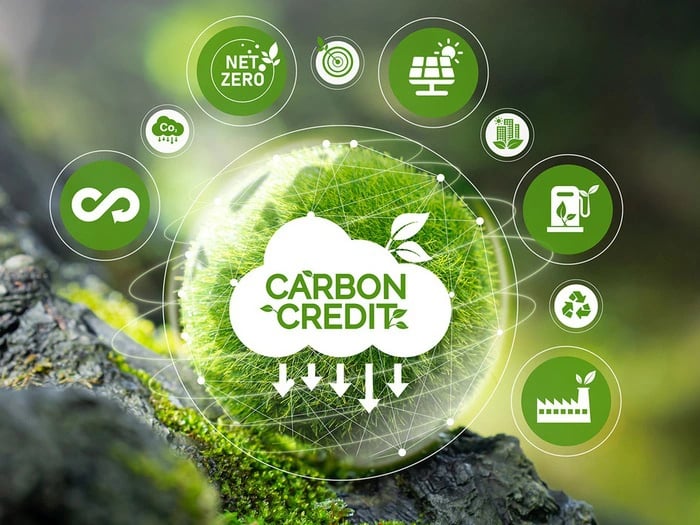
Vietnam is conducting a pilot operation of the domestic carbon trading exchange in accordance with the Scheme for the Establishment and development of the carbon market in Vietnam. Illustrative image.
Another commodity involved in the carbon trading market is certified carbon credits, which are obtained from programs and projects under both domestic and international carbon credit exchange and offset mechanisms. These international mechanisms include the Clean Development Mechanism (CDM), the Joint Crediting Mechanism (JCM), and the mechanism outlined in Article 6 of the Paris Agreement.
The carbon commodities mentioned above must be verified and recorded by the Ministry of Agriculture and Environment on the national registry system before being eligible for inclusion in the carbon trading system by the Hanoi Stock Exchange.
Entities that are authorized to trade greenhouse gas emission allowances include facilities that have been allocated allowances and are listed in the “List of sectors and facilities that must conduct greenhouse gas inventories,” issued by the Prime Minister.
Entities authorized to trade certified carbon credits also include the aforementioned facilities, along with organizations implementing programs and projects under carbon credit exchange and offset mechanisms both domestically and internationally, in accordance with the legal regulations and international treaties to which Vietnam is a signatory. Another group includes organizations and individuals qualified to participate in carbon credit trading under the environmental laws of Vietnam.
In the draft Decree, the Ministry of Finance proposes that the Ministry of Agriculture and Environment be entrusted with the responsibility of verifying the eligibility of entities participating in carbon credit transactions. This includes ensuring that all participants meet the legal and environmental standards set by both national law and international treaties.
The draft Decree specifies that the Vietnam Securities Depository and Clearing Corporation will provide custody and settlement services, while the Hanoi Stock Exchange will facilitate the trading services for the domestic carbon trading market.
Entities participating in the market are required to open member accounts in order to engage in transactions involving greenhouse gas emission allowances and carbon credits. Trading members must notify their customers of the transaction results immediately after they are completed, in accordance with the terms and conditions that were agreed upon with the customer. Furthermore, trading members are obligated to provide monthly account statements detailing funds, greenhouse gas emission allowances, and carbon credits, or provide these statements upon customer request.
The Ministry of Finance has shared that, through consultations with the Ministry of Agriculture and Environment, along with lessons learned from international experiences, carbon market commodities are quite varied in terms of types and, in general, are not standardized, particularly when it comes to carbon credits. Given that the number of entities likely to participate in the pilot phase of the market may be limited, and that liquidity is expected to be low, the agreement-based trading method for the carbon trading system is considered more suitable. This method is already in use for the government debt instrument market and the private placement corporate bond market.
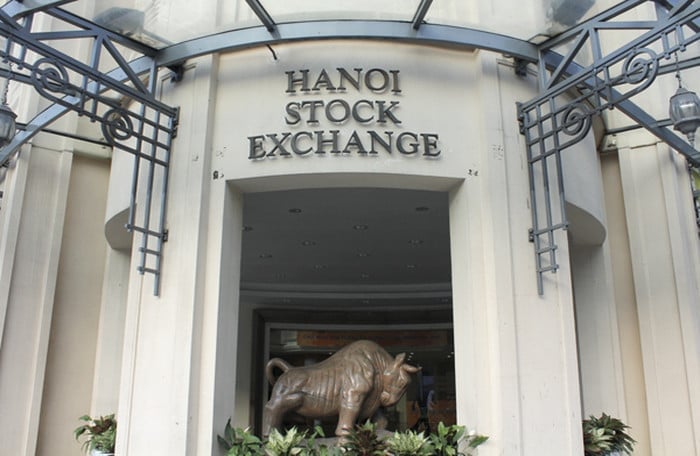
The Ministry of Finance proposes that the Hanoi Stock Exchange provide trading services on the domestic carbon trading market. Photo: Trung Nguyen.
Specifically, the agreement-based trading method includes two types: electronic agreements and traditional agreements.
An electronic agreement refers to a form of transaction in which the trading entity submits a buy or sell order with a firm commitment into the system or selects an appropriate matching order that has already been entered into the system to complete the transaction.
A traditional agreement is a transaction where the buyer and seller independently negotiate the terms and conditions of the trade in advance, and then report the results into the carbon trading system to formally establish the transaction.
The draft Decree further specifies that all transactions on the carbon trading system will be settled through the carbon trading payment system using an instant payment method for each transaction. Notably, the payment system will not rely on a central counterparty clearing mechanism, which is typically used in other markets.
Additionally, custodian members must open a deposit account in their name at a settlement bank to facilitate the payment for greenhouse gas emission allowances and carbon credit transactions. The settlement bank is responsible for managing and overseeing the detailed information regarding the balances in these payment accounts.
Based on the transaction results provided by the Hanoi Stock Exchange, the Vietnam Securities Depository and Clearing Corporation will be responsible for verifying the validity of the transaction, freezing the quantity of greenhouse gas emission allowances and carbon credits that have been sold, and then notifying the custodian member about the valid transaction results for confirmation. After receiving the confirmation from the custodian member, the Vietnam Securities Depository and Clearing Corporation will determine the payment obligations for the funds, greenhouse gas emission allowances, and carbon credits, and will send the payment obligations to the settlement bank.
The Vietnam Securities Depository and Clearing Corporation will carry out the payment for the greenhouse gas emission allowances and carbon credits transactions through an instant payment method, ensuring that the payments are processed on the same day as the transaction.
The payment for the transaction involving greenhouse gas emission allowances and carbon credits will be handled at the settlement bank based on the payment obligations communicated by the Vietnam Securities Depository and Clearing Corporation.
Once the transaction involving greenhouse gas emission allowances and carbon credits has been successfully completed and finalized, the Hanoi Stock Exchange is responsible for providing the transaction result information to the Vietnam Securities Depository and Clearing Corporation. This allows for the proper settlement of the greenhouse gas emission allowances and carbon credits.
Translated by Phuong Linh
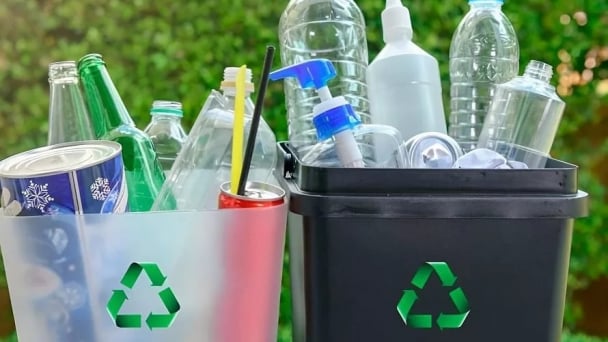
(VAN) The decree on Extended Producer Responsibility (EPR) ensures transparent management and disbursement of support funds, avoiding the creation of a “give-and-take” mechanism.
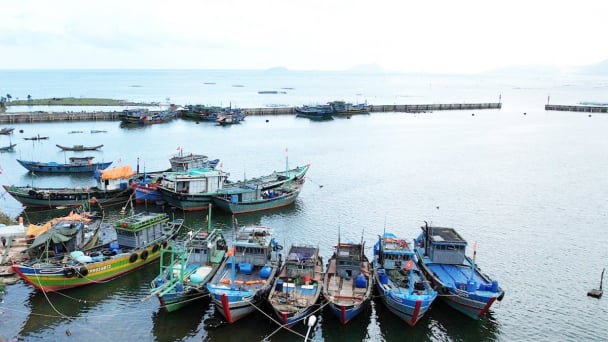
(VAN) Hue City rigorously enforces regulations regarding marine fishing and resource exploitation, with a particular emphasis on the monitoring of fishing vessels to prevent illegal, unreported, and unregulated (IUU) fishing.
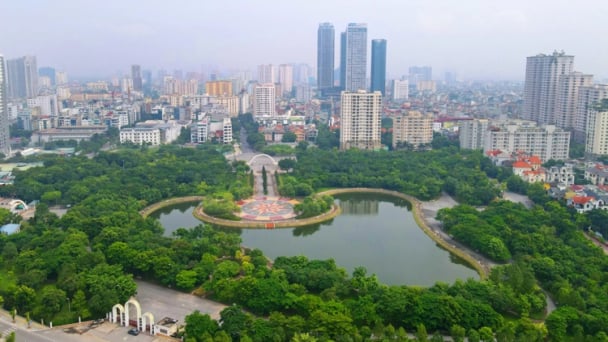
(VAN) Hanoi People's Committee has issued a plan on reducing greenhouse gas emissions in the waste management sector with 2030 vision.
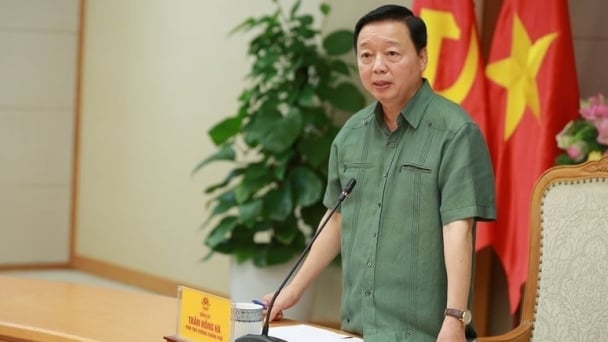
(VAN) Vietnam's draft amendment to Decree No. 156 proposes a mechanism for medicinal herb farming under forest canopies, linking economic development to population retention and the sustainable protection and development of forests.
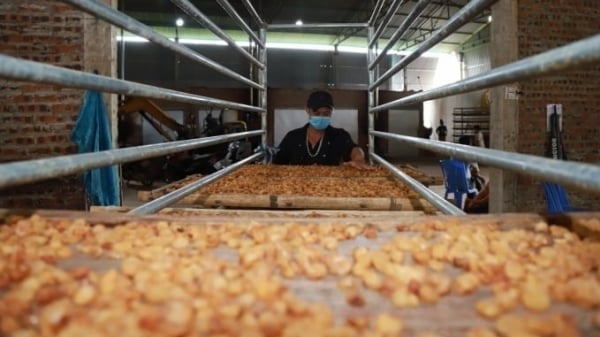
(VAN) In reality, many craft village models combined with tourism in Son La have proven effective, bringing significant economic benefits to rural communities.

(VAN) The international conference titled Carbon Market: International experiences and recommendations for Vietnam was successfully held recently in Ho Chi Minh City.

(VAN) According to the Project on rearranging provincial and communal administrative units, in 2025, the country will have 34 provinces/cities, 3,321 communes, wards, and special zones, and no district-level organization.